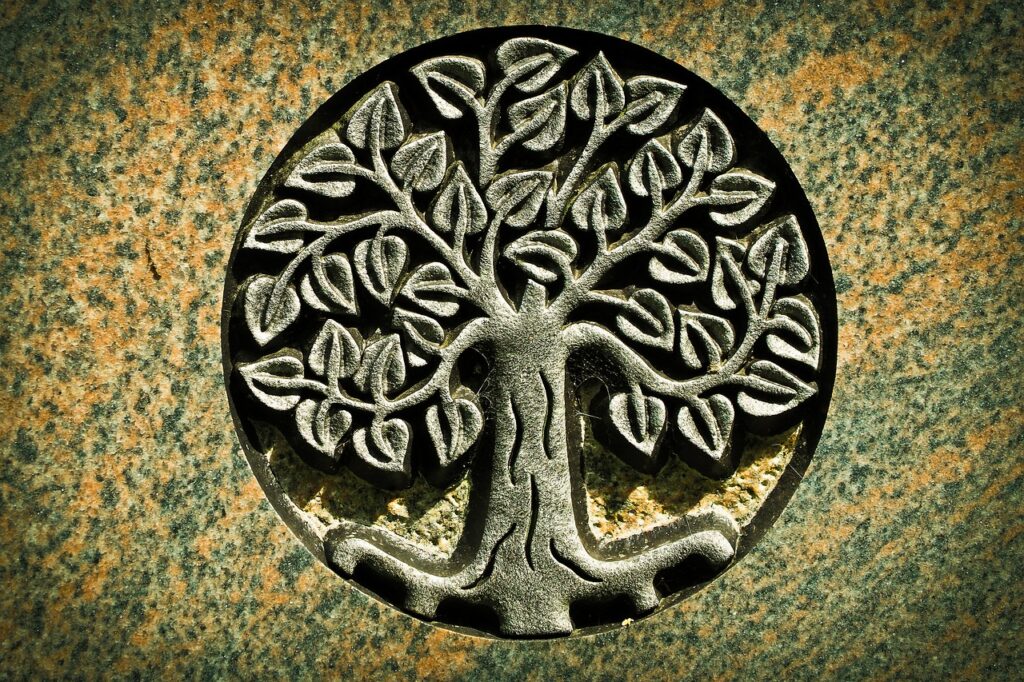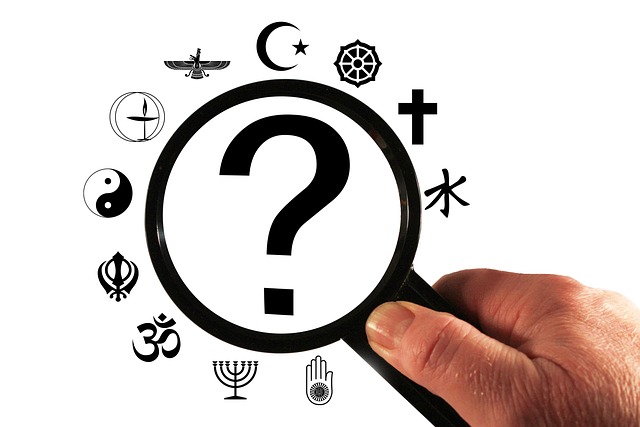MEET ARIANA
Don’t tell me not to cry: A Story around Grief, Toxic Positivity and Religion
July 22, 2023

My earliest recollection of grief was at 5 years old when my grandfather passed away. The adults were very kind to me as they knew how connected I was with him. Grandpa and I had spent hours upon a time, bonding in the kitchen, and he would pick me up from school.
If it were not for pictures, it would be hard for me to describe his features – what stayed imprinted on my mind were how his hands looked and the experiences we shared. How warm and secure they felt when he held me in a hug or carried me to different spaces.
As young as I was, I knew I would never see him again when I saw him in the coffin. I am grateful that my family did not subscribe to the tradition of not involving children in the goodbye rituals. I cried my heart out, not knowing how blessed I was that I was given the permission to cry endlessly.
‘Between the ages of 5 and 7 years, children gradually begin to develop an understanding that death is permanent and irreversible and that the person who has died will not return. Children who have been bereaved when they were younger will have to re-process what has happened as they develop awareness of the finality of death’.
As the years passed and I matured, I began to observe how my society approached the difficult processes of losing loved ones. It became apparent that there were distinct patterns in the way people responded to these situations. When someone had been battling an illness before passing away, it was common for others to console the grieving family by saying, “Give thanks to God, he or she is no longer in pain. Don’t cry too hard; when older people pass on, they have left behind a legacy: you are fortunate to have spent precious time with them”.
While these sentiments were meant to offer comfort, they often overlooked the depth of grief and the pain the bereaved were experiencing. Particularly heart-wrenching were the circumstances where a young adult passed away unexpectedly. Instead of providing solace and support, many individuals were prone to seeking supernatural explanations for the death, inadvertently tarnishing the beautiful memories the family cherished.
Within 24 months, I have had to say goodbye to very close people of varying ages and that includes my father. On the 1st anniversary of his death, I am making time to share my learnings and experiences surrounding grief in the African Setting. I believe this is crucial and may be helpful to others.
This series on Grief and Loss, begins with the topic: Toxic Positivity and its intersection with Religion. This is not an attempt to judge anyone nor make people feel bad about their past actions. It is an attempt to open up the conversation and give others the permission to grieve as and how they want.
Don’t tell me not to cry
It is essential to understand that when someone cries for their loved ones who have transitioned, it doesn’t imply they are lacking in faith. Crying is a natural and necessary part of the healing process, as it allows us to learn how to cope with the profound loss we experience. Losing someone we love leaves an enduring pain that never truly goes away. However, with time, we learn to manage ourselves better, gradually adjusting to life without the physical presence of our loved ones.
For christians who believe in the Bible’s creation story, Genesis 1:31 states, “God saw all that He had made, and behold, it was very good. And there was evening and there was morning, the sixth day.” This verse highlights that crying, being a part of human emotion, was designed by God.
Interestingly, science also explains this phenomenon by telling us that crying for extended periods releases oxytocin and endogenous opioids, commonly known as endorphins. These feel-good chemicals can help alleviate both physical and emotional pain, inducing a sense of calm and well-being.
To the dear reader, it is crucial to allow people to cry when they experience loss. Regardless of age, wealth, or social status, it is entirely acceptable to grieve and express one’s emotions. Embracing the process of grieving and shedding tears can contribute significantly to healing and finding comfort during difficult times.
These tendencies to resort to simple explanations for complex situations were rooted in a lack of understanding of the intricate processes of grief. The fear of facing overwhelming emotions and not knowing what to say or do in the face of grief led people to suppress what they perceived as negative emotions. As a result, they resorted to offering platitudes like “Don’t cry,” “It is well,” or “Have faith,” in an attempt to provide immediate consolation, without fully acknowledging the depths of sorrow and pain.
In reality, grief is a multifaceted and individualized experience, and each person copes with it differently. It is crucial to recognize that grieving is not a linear process with set stages, but rather a complex journey that unfolds uniquely for each person. Instead of trying to simplify the emotions or suppress them, it is essential to embrace the grieving individual’s feelings and be there to listen and support them throughout their journey.
Empathy and genuine understanding are vital during times of grief. Offering a shoulder to cry on, a listening ear, or a comforting presence can make a significant difference. By acknowledging the complexity of grief and embracing the myriad emotions that come with it, we can create a more compassionate and understanding society.
Ultimately, we must remember that grief is a testament to the love shared between individuals, and it should be honoured with sensitivity and compassion. By moving away from the inclination to offer simplistic phrases and instead focusing on genuine understanding, we can foster an environment of healing and support for those facing the profound pain of losing a loved one.
Ecclesiastes 3 1: 8- New International Version
A Time for Everything
There is a time for everything, and a season for every activity under the heavens:A time to be born and a time to die,
A time to plant and a time to uproot,
A time to kill and a time to heal,
A time to tear down and a time to build,
A time to weep and a time to laugh,
A time to mourn and a time to dance,
A time to scatter stones and a time to gather them,
A time to embrace and a time to refrain from embracing,
A time to search and a time to give up,
A time to keep and a time to throw away,
A time to tear and a time to mend,
A time to be silent and a time to speak,
A time to love and a time to hate,
A time for war and a time for peace.







